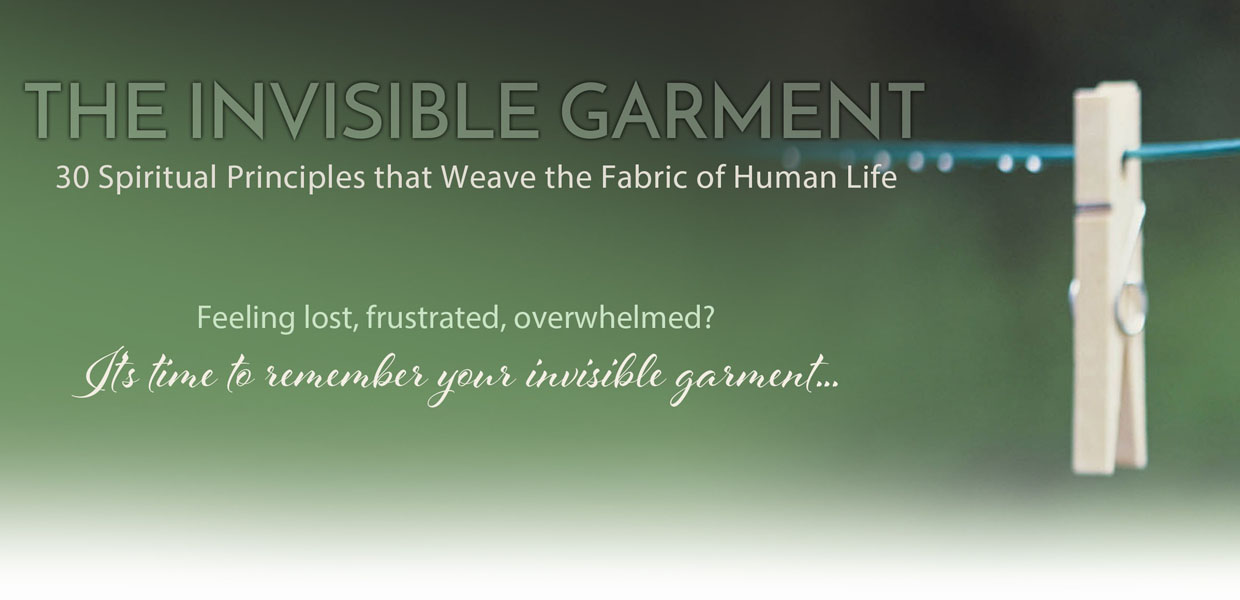
I’ll start with Steve, a child who falls within the autism spectrum. I’m starting with him because there are so many “Steves” right now that the conversation about the special needs of autistic children seems to dominate parenting conversations.
Steve’s parents divorced when he was seven. Prior to the divorce, they didn’t notice anything particularly unusual about Steve, other than he was a loner in the family. But almost immediately when the parents separated he began dissociating at home and his teachers noticed that he was disorganized and unable to attend to the details of his schoolwork. However, his story-telling abilities and his creative use of language flourished. He began demonstrating obsessive behaviors consistent with OCD or Asperger’s Disorder.
The parents, Jan and Doug, felt guilty, of course. They worried that their inability to hold the family together in a traditional way contributed to Steve’s inability to function in his school environment. They worried that they had damaged him irreparably. They blamed each other. They each secretly blamed themselves. They began moving him from school to school hoping that the academic environment would “fix” him.
This guilt is typical, by the way. We live in a culture that blames the victim in almost every hurtful circumstance, so blaming the parent for the child’s struggles in life (indeed blaming yourself for your children’s stresses) is a national epidemic. Often the first order of business when I’m working with parents is to introduce them to their own spiritual principles so that they can better understand their own innate influences. Very different from psychological investigation where shortcomings are examined, the invisible garment work starts with “What’s right with you? What is your spiritual DNA?” Seeing and knowing their own blueprint gives parents permission to look honestly at the family dynamic rather than through the “I’m guilty” lens.
So let’s start assuming that Jan and Doug are over their guilt, and can now look directly at Steve’s egoic pattern.
Steve’s Mercury principle – the principle that directly influences his mental body – is Resistance. Resistance means that Steve has an ability to magnetize abstract ideas, thoughts, possibilities from the Void and then in his mental body he processes them, he transforms them, and he re-writes them into a form that can be understood by more concrete-minded people. (Thus, his story-telling and creative use of words.) Needless to say, this information is important, because it tells us that Steve’s data-processing system doesn’t match with most people. He doesn’t think in syllogisms (if this is true, that is true, then this other related thing must also be true.) It’s important for teachers and parents to understand that Steve’s brain works WAY outside the box when he’s pulling mental concepts together.
(By the way, I’ve noticed that about 95% of the kids within the autistic spectrum to whom I’ve had access have Resistance somewhere in their invisible garment patterns.)
Steve’s Venus principle – the principle that influences his emotional body – is Peace. Now, Peace is a principle that resonates on such a high frequency that almost no one can fully understand it, much less fully embody it. My first impulse, then, is to say that under highly emotional circumstances, Steve must be surrounded with a sense of absolute safety, security, stability. Emotional experiences send him to very subtle and divine levels of consciousness, and he must be allowed to experience them without stress from the external world.
Steve’s Mars principle – the principle that influences his physical body – is Silence. Again, like Peace, Silence represents a very high frequency. In order for Steve’s physical body to feel safe, to heal, to operate optimally, he must have solitude and lots of quiet time. This could be challenging, as he has two younger siblings. The house may not always provide that solitude for him. This is a case in which I would advise, if possible, that Steve have a room of his own, with strict rules about who can enter and under what circumstances.
Steve’s Ascendant principle – the principle that influences his decision making process (I call it his ethical body) – is Randomness. Like Resistance, Randomness is a principle that may be hard for parents and teachers to understand. He needs time to make choices, because in reality, he doesn’t MAKE choices by measuring the pros and cons. He, instead, waits for the choice to choose him. All the many options in a specific circumstance will show themselves to Steve, and eventually one of them will be the obvious choice. Few people understand how Randomness works in day-to-day life, so my advice to his parents would be to work on their own patience. He will make right decisions, given the time and space to let all the options reveal themselves to him.
The goal for Steve’s parents then, is to make their parenting decisions for him based on the best way they can see for his four personal principles to be equally acknowledged, and integrated in his environment.
Resistance, Peace, Silence, and Randomness need to all have an equal seat at the ego-table for Steve. The thing that jumps out from this configuration of energy is that three of his four personal principles lie in the “descending” category. We could say he’s more like a branch of a tree than a root of a tree. He pulls information and energy from the light – from the cosmos – more than from the earth and his immediate surroundings. With a child like this, the parent’s job is to hold his kite string so that he can soar on the winds of these high principles, and still come back down to the grounded, bonded, loving environment of the family.
These suggestions are all challenges in a situation where an uncomfortable divorce is brewing, but essential. In a wonderful way, Steve’s needs for solitude, security, safety, and understanding could function for the divorcing parents as an avenue for an amenable divorce. If they realize the need for this phase of family life to be gentle, they might tend to be less litigious, more harmonious.
I suspect that Steve’s mental body in Resistance triggered his dissociative behavior. He “sensed” that something was happening that wasn’t being clearly, cleanly articulated. That distressed him, because in his formative years, as these principles were beginning to develop into a working ego, there were unspoken energies floating around that he couldn’t mentally or emotionally process.
Don’t get me wrong – I’m not blaming or even criticizing the parents for the divorce. Sometimes divorce is necessary. And staying together “for the children” is usually not very useful. Nor am I saying that Steve’s issues would never have appeared if the parents had stayed together.
I am suggesting that had these parents known on a deeply spiritual/energetic level more about how Steve was integrating the experience, they might have set a priority around making this separation less traumatic for him, and therefore it would have been less traumatic for everyone. This is of course a useful goal for every couple who divorces. And knowing the personal principles of each child involved in a divorcing family, in my opinion, is ultimately important.
In summary, I suggest that invisible garment patterns tell us more about our children than psychological intervention and than academic evaluation. These principles give us their spiritual blueprint, and from the information we can glean from their patterns, we gather clarity about what we can do to assist them in developing strong, clear, self-knowing.

Great insight! It is so helpful to understand the underlying issues children deal with in order to create the best plan to help them. Finding the patience to allow Steve to work with Randomness is truly a gift for him. Realizing how Resistance taps him into a different way of processing information and then enables him to create a novel solution helps to understand his processing skills.
In the past few weeks, I have understood Resistance in a way I didn’t before. I do not carry Resistance, yet have known several friends intimately who did. It is prominent in their charts. Perhaps I would have been more compassionate. I’m not saying staying in the relationship longer. Perhaps, I would have removed myself sooner. Two of the three friends have died. The other seems to play with death.
And, and a beautiful way to understand Autism. I love this chart. All charts. How you described the branches, due to the descending Principles is very interesting. My friend who had Asperger’s was/is a beautiful soul. Aren’t we all.